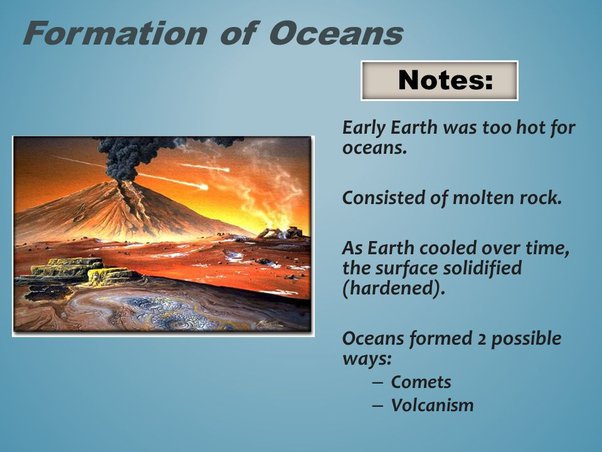2022-05-23 17:07:04
Who are you if your eye is as big as your brain?
Meet
the tarsier, tiny nocturnal primate from Southeast Asia.
This relatively unknown species is often cited as having huge eyes for their body size.
With a body length of some 10-12 centimeters, the tarsier’s eye width can reach 1,6 centimeters.
Each eye, enormous in proportion to the rest of the body, is the same volume as the animal's brain.
In terms of size the tarsier eyes also rival the eyes of orang-utans, other primates whose body is several dozens of times larger than that of the tarsier.
Mostly active at night, tarsiers lack the reflective feature of most nocturnal animals, so having very large eyes helps to maximize their sensitivity in low light.
Tarsiers are also equipped with stunning jumping, leaping, and climbing skills.
Subscribe- t.me/askmenow
2.4K views14:07






